Welcome to the ultimate guide on traditional Amish breads! Whether you’re a seasoned baker or someone looking to try a new recipe, this guide will take you through everything you need to know.
In this article, you’ll discover:
- The history behind Amish bread and its cultural significance
- Classic Amish bread recipes, including white bread, friendship bread, and cinnamon bread
- Essential baking tips and techniques to help you achieve the perfect loaf
- How to store and serve Amish bread in a way that enhances its taste and texture
- Healthier alternatives and adaptations to fit your dietary needs
Let’s dive in and start baking some delicious, timeless bread that’s sure to become a family favorite!
Looking for more like this? Try our Amish White Bread Recipe-soft, fluffy, and a perfect start to your traditional Amish bread journey!
Historical Background
Amish bread has a long-standing tradition that goes beyond just being a food. It holds great cultural significance and is deeply tied to the Amish community’s way of life.
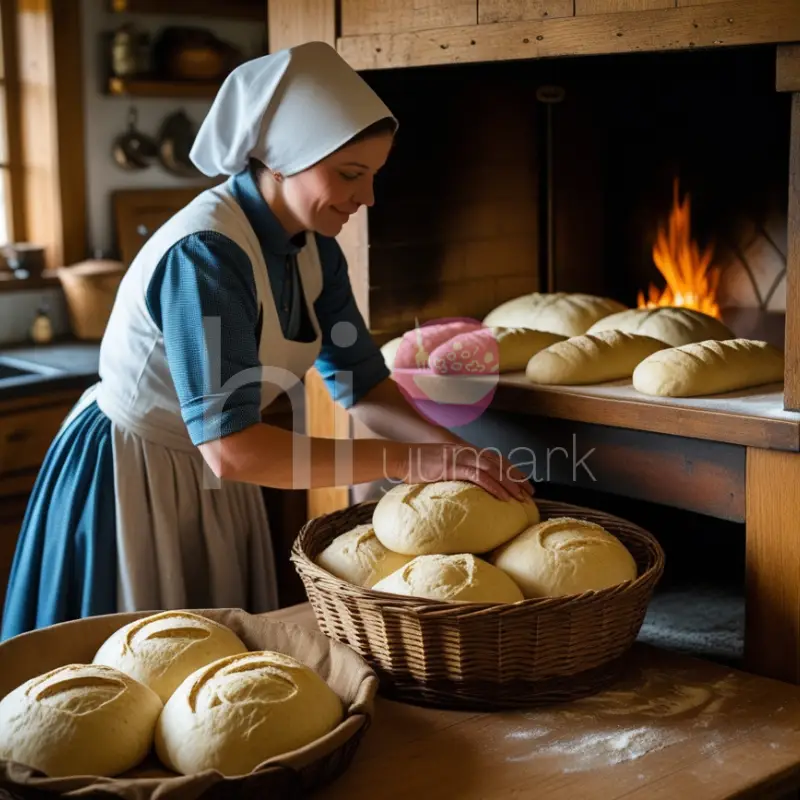
This bread is not only about its ingredients but also about sharing, hospitality, and community bonding.
For a classic homemade starter, check out our full Amish Friendship Bread Starter Recipe for sweet, shareable joy.
Origins of Amish Bread
Amish bread traces its roots back to European settlers who brought their bread-making traditions with them to America.
The Amish, known for their simple and self-sustained lifestyle, embraced these recipes and adapted them to fit their needs. With an emphasis on community, baking bread became a way to bring people together.
Whether it was shared during gatherings or offered as a gift, bread played a central role in the Amish culture.
For a sweet and swirled treat, try our Amish Cinnamon Bread Recipe-a cozy classic that pairs perfectly with other traditional Amish bread favorites.
Cultural Significance
In Amish communities, bread isn’t just food; it’s a symbol of hospitality and family. Traditionally, bread is baked in large quantities to be shared with neighbors, friends, and family.
Each loaf carries with it a deep sense of belonging, care, and generosity.
If you love old-fashioned baking, don’t miss this Amish sourdough bread recipe – a tangy, crusty favorite made with natural fermentation and simple pantry ingredients.
Key Ingredients in Traditional Amish Breads
Amish bread is made from simple, yet essential ingredients that give it its signature taste and texture.
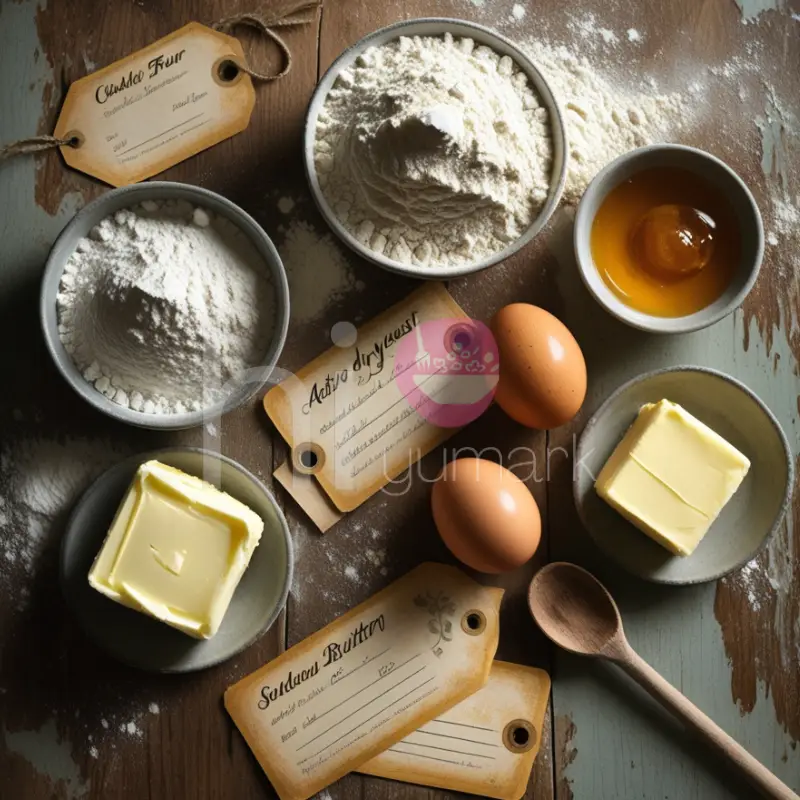
Here’s a look at the key components:
Flour
Flour is the foundation of any bread. Most Amish bread recipes use either all-purpose or bread flour, providing the perfect base for a soft, light loaf.
Yeast
Yeast is crucial in creating the rise that makes the bread soft and airy. Both active dry yeast and instant yeast are commonly used in Amish bread recipes. Proofing the yeast properly is essential to the success of the bread.
Sweeteners
The sweetness of Amish bread comes from sugar, honey, or molasses. These ingredients not only add flavor but also contribute to the moisture and texture of the bread.
Fats
Butter, oil, or even lard is used to enrich the bread’s texture, making it soft and fluffy. These fats contribute to the richness of the bread, making it irresistible.
Additional Ingredients
Depending on the recipe, Amish bread may also include extras like cinnamon, raisins, or nuts. These ingredients add extra flavor and variety, making each loaf unique.
Try this rich and moist Amish banana nut bread made with ripe bananas and toasted nuts – a timeless classic that brings homemade comfort to every slice.
Classic Amish Bread Recipes
Amish bread comes in several delicious varieties. Here are some of the most popular recipes:
Amish White Bread
This classic bread is soft, slightly sweet, and perfect for sandwiches. It’s a family favorite and can be enjoyed fresh from the oven or toasted with butter.
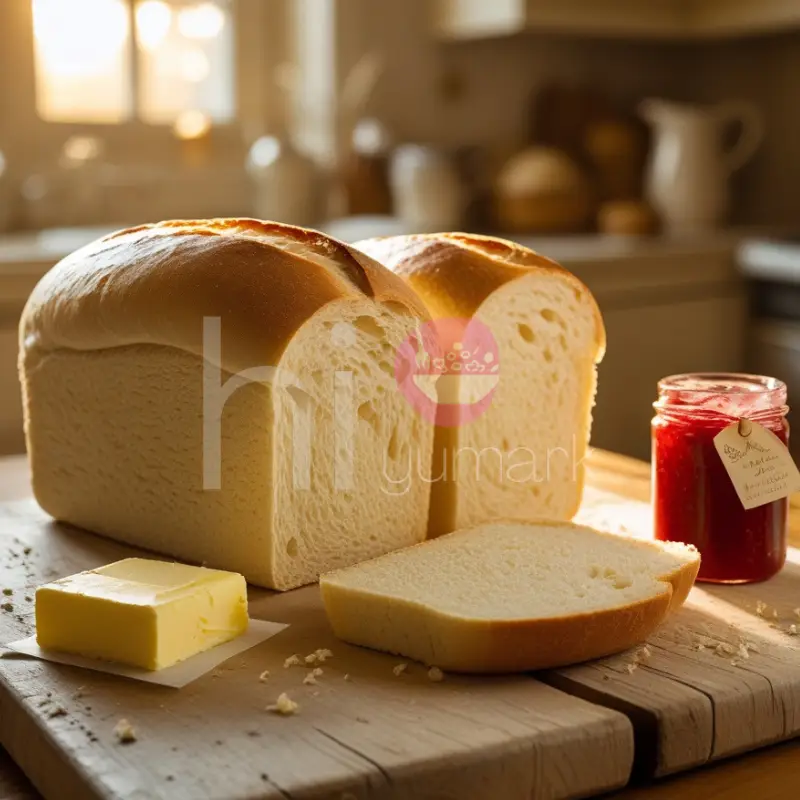
Amish Friendship Bread
Known for its sweet, cake-like texture, Amish Friendship Bread is made from a starter that’s passed along to friends. It’s often baked with a variety of flavors like cinnamon and vanilla, making it a delightful treat.

Old-Fashioned Amish Bread
A denser, heartier bread that’s perfect for family gatherings. Often served with butter, honey, or jam, this bread has a rustic charm that pairs well with savory dishes.
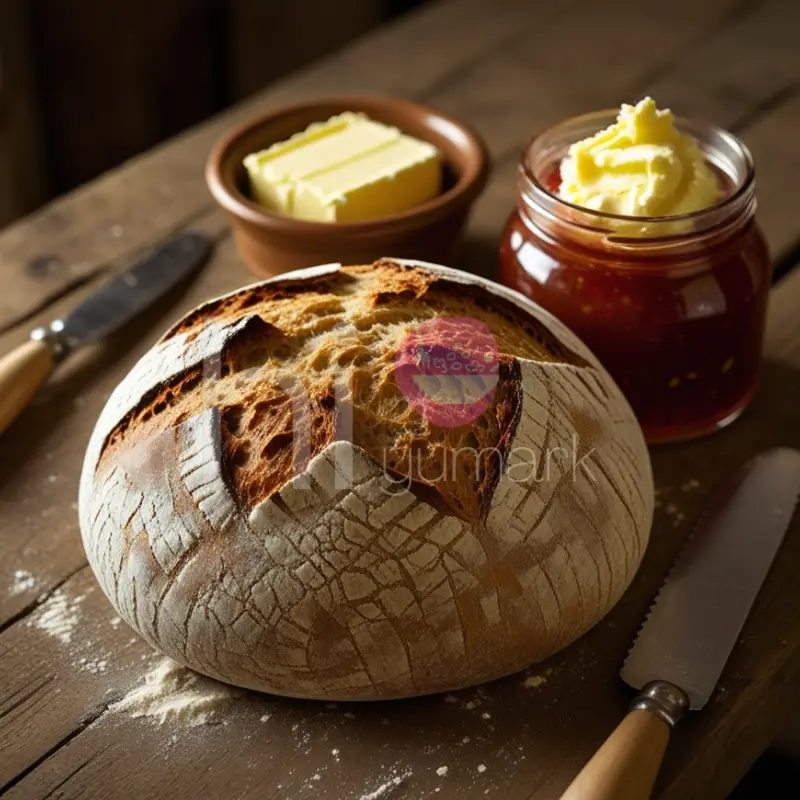
Amish Cinnamon Bread
A sweet, swirled bread filled with cinnamon sugar. It’s a perfect dessert or breakfast treat, enjoyed warm with a cup of tea or coffee.
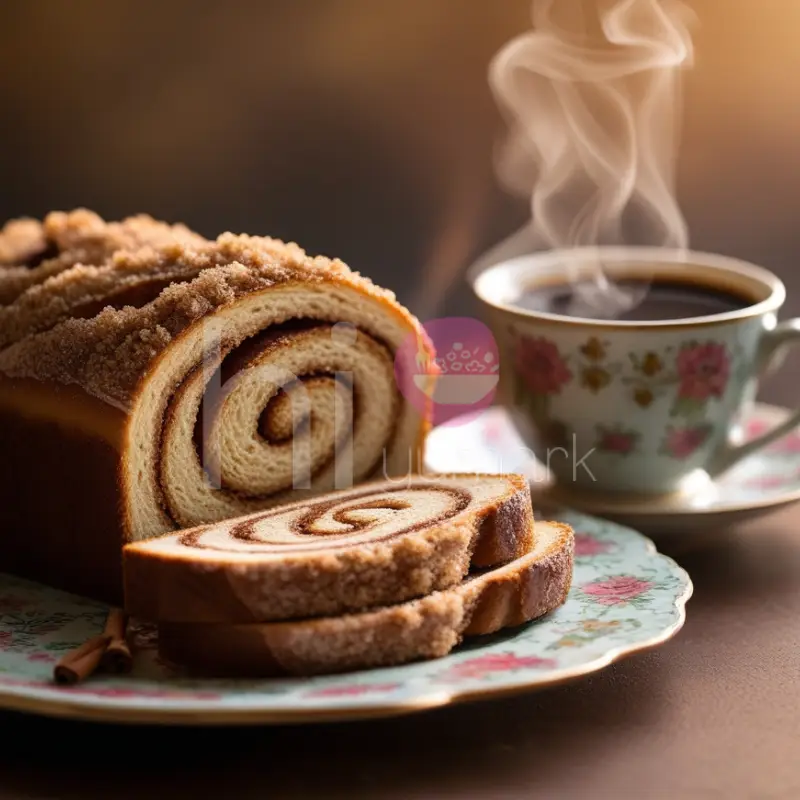
Amish Sourdough Bread
Amish sourdough bread is a unique, tangy option for those who love the distinctive flavor of sourdough. Made with a sourdough starter, this bread has a chewy, textured crumb and is ideal for sandwiches or served alongside soups and stews.

Amish Banana Nut Bread
A moist and flavorful bread, Amish banana nut bread combines ripe bananas and crunchy nuts, making it a delicious treat. This recipe is perfect for using up overripe bananas and creating a comforting, sweet bread.
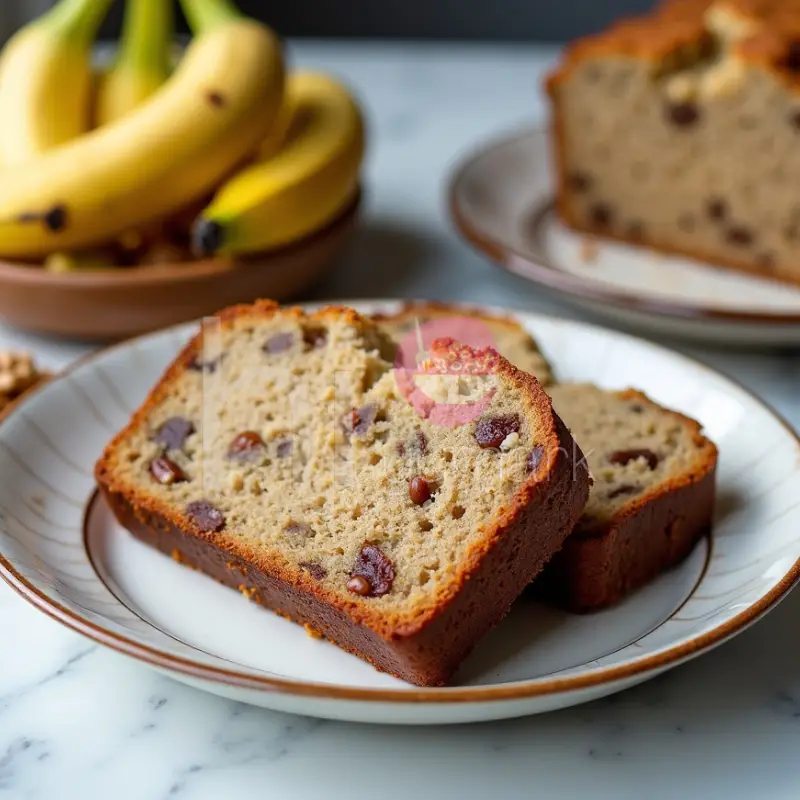
Baking Techniques and Tips
Baking Amish bread requires some attention to detail, but with these tips, you’ll be able to create a perfect loaf every time:

Proofing Yeast
To activate yeast, dissolve it in warm water with a pinch of sugar. If the mixture becomes frothy, your yeast is ready for use. This step is crucial for ensuring your bread rises properly.
Kneading Dough
Kneading develops the gluten, giving the bread its chewy texture. Aim to knead the dough for about 8 to 10 minutes. If it’s sticky, add flour gradually until the dough is smooth and elastic.
Rising Times
The dough needs to rise for 1-2 hours in a warm, draft-free place, allowing it to double in size. Patience is key here—rushing this process can lead to dense bread.
Baking Temperatures
Bake your Amish bread at 350°F (175°C) for 25 to 30 minutes. The bread should be golden brown and sound hollow when tapped on the bottom. This indicates it’s fully cooked.
Serving and Enjoying Amish Breads
Amish bread is perfect for both simple meals and special occasions:

Traditional Pairings
Amish bread is best enjoyed with simple toppings like butter, honey, or homemade jam. It also pairs beautifully with soups and stews, adding a rustic charm to your meal.
Modern Twists
You can make sandwiches with Amish bread or even use it as the base for bread pudding. This versatile bread adapts well to both traditional and modern dishes.
Storage Tips
To keep your bread fresh, store it in an airtight container or wrap it in plastic wrap. Amish bread will stay fresh for up to a week at room temperature, or longer if stored in the fridge.
Health Considerations and Adaptations
While Amish bread is delicious, it’s also rich in sugar and fat. Here are some tips for making it a bit healthier:

Nutritional Overview
Amish bread tends to be high in carbohydrates, sugar, and fats. While it’s a delicious treat, it’s best enjoyed in moderation as part of a balanced diet.
Healthier Alternatives
You can make healthier versions by substituting whole wheat flour for white flour, cutting down on sugar, or using less butter. You could also try using applesauce as a fat substitute.
Dietary Accommodations
For those with dietary restrictions, consider using gluten-free flour or making vegan Amish bread by substituting plant-based butter and egg replacers.
Conclusion
Amish bread is more than just a recipe-it’s a tradition. Whether you’re baking a simple loaf or a sweet cinnamon variation, these recipes have stood the test of time for a reason.
By following the steps and tips in this guide, you can create your own piece of Amish history in your kitchen.
Ready to start baking? Try one of these classic recipes today and bring the warmth and hospitality of Amish bread into your home!
Call to Action
Ready to try baking your own Amish bread? Start with one of the classic recipes and bring a little taste of tradition into your kitchen today. Share your results and let us know which one is your favorite!
You Might Also Like:
